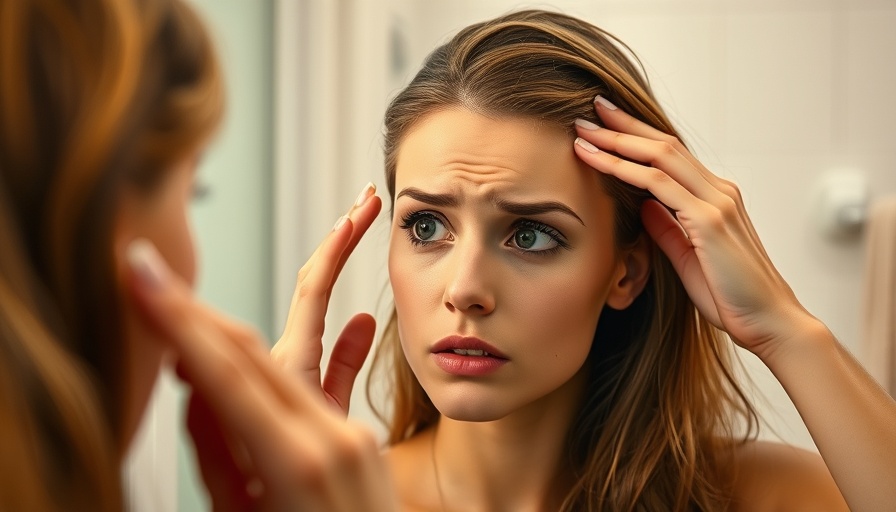
Understanding Botox and Muscle Weakness
Botox, known for its wrinkle-reducing properties, has become a staple in the cosmetic industry. If you're considering this non-invasive treatment, you might wonder: can Botox cause muscle weakness beyond the treatment area? The short answer is that, when administered properly, it’s highly unlikely. However, understanding what 'muscle weakness beyond the treatment area' entails is essential for safe and informed choices.
What Does Muscle Weakness Mean?
The concept of muscle weakness post-Botox generally refers to two scenarios: nearby effects due to adjacent diffusion and the rare instance of distant spread. Local effects are relatively minor, such as temporary drooping of the eyelid or brow (ptosis) that occurs in about 2% of patients. These effects resolve quickly, highlighting the importance of selecting an experienced injector who uses accurately dosed, FDA-approved products.
The Implications of Adjacent Diffusion
This localized diffusion happens when the Botox affects muscles adjacent to the targeted injection site. For example, if Botox is injected in the forehead, it might influence surrounding areas resulting in temporary weakness. Although this sounds concerning, the rate of experiencing these side effects is minimal and often self-limiting, particularly with expertly applied techniques.
Distant Spread: A Rare Occurrence
The FDA includes a warning regarding the potential for distant spread of the neurotoxin. However, this is generally only noted in cases of misuse, counterfeit products, or inadequate training. With legitimate medical services, distant effects, such as trouble swallowing or breathing, are exceedingly rare and often linked to non-cosmetic doses used in treating different medical conditions.
How Botox Works and Safety Measures
Botox operates by temporarily blocking nerve signals to muscles, creating the smoothing effect that many seek in facial rejuvenation. Understanding the dosing recommendations from the FDA can contribute to a safer experience. For example:
- 20 units for glabellar lines (the frown lines between the eyebrows)
- 24 units for crow’s feet
- 40 units for a combination of forehead and glabellar lines
These guidelines are designed to ensure both effectiveness in achieving beautiful results while minimizing the risk of side effects.
The Growing Trend in Non-Invasive Treatments
According to recent beauty research, non-invasive aesthetic procedures like Botox continue to gain popularity due to their effectiveness and minimal recovery time. Modern innovations in aesthetic medicine have made these procedures more accessible and desirable, especially for busy professionals who want to combat the signs of aging without significant downtime.
Future Considerations in Cosmetic Treatments
As the landscape of beauty technology progresses, understanding the risks and benefits associated with treatments like Botox becomes increasingly vital. Future trends will likely focus on safety, precision, and minimally invasive techniques, allowing patients to gain youthful appearances while ensuring a low risk of complications.
Take Control of Your Beauty Journey
Understanding how Botox works and the rare risks associated with it empowers individuals to make informed decisions about their beauty treatments. If you’re interested in non-surgical aesthetics, it’s crucial to consult licensed professionals who can offer personalized advice and treatment tailored to your unique facial structure.
 Add Row
Add Row  Add
Add 




Write A Comment